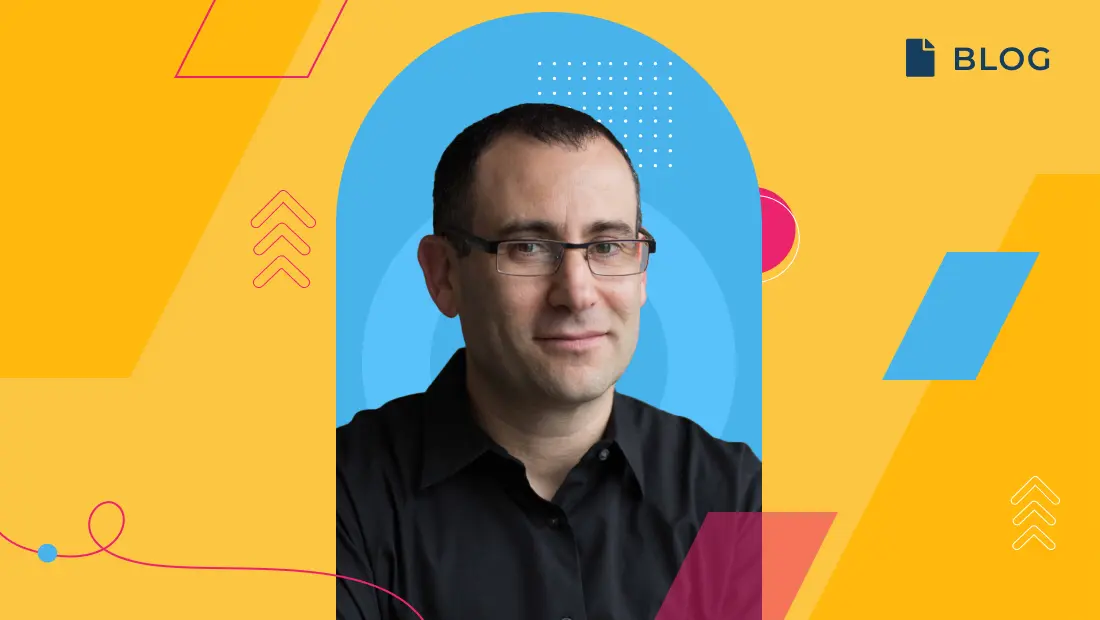This article was originally posted in Forbes.
The subscription software business is changing fast, and SaaS businesses that don’t keep pace could go the way of the dinosaurs.
Sound overly dramatic? The reality is that in a time of plunging market valuations, declining VC funding and limited capital, the traditional growth-at-any-cost SaaS playbook is no longer viable. We’re entering a new era in which efficiency, profitability and focus are king.
To survive and thrive in this new world, companies need a new approach. The days of building SaaS brands by optimizing for big up-front contracts are over. Instead, companies need to focus on reducing friction, enabling quicker “lands” and unlocking more organic and sustainable expansion. That means finding more pragmatic, long-term profitable and, above all, product-focused ways of driving growth.
SaaS brands are now leaning into product-led growth (PLG), using the product to continuously engage customers and drive more efficient acquisition, retention and expansion. Combined with consumption-based pricing and premium features, PLG lets brands offer a lower-touch model that enables customers to start with a basic version of the product and pay as they grow. It also allows brands to focus sales and success teams on the later stage of the customer journey to drive stickiness and enterprise-grade expansion
Here are five ways to use PLG to breathe new life into your SaaS business:
1. Get buy-in for change
No surprises here: Convincing decision-makers that it’s better to chase incremental growth instead of six-figure up-front contracts can be a tough sell. Getting high-level buy-in is the critical first step in any product-led strategy—because you’ll soon run into headwinds unless your leadership team endorses the cross-functional changes, measurements and iterative, long-term approach required to build a durable SaaS business.
Everyone, from marketing and sales to engineers and executives, needs to see PLG not as a challenge, but as an opportunity to reach higher. By putting PLG at the core of their efforts, stakeholders can find a path forward that creates lasting value for their team, their customers, and their entire organization.
For early-stage startups and companies launching new products, it pays to lean into PLG from the get-go, using product data and customer feedback to accelerate product-market fit, build a loyal following and drive durable growth. For more established companies, the journey to PLG requires a willingness to invest in change management, with the executive team stepping up to steer the process and reassure stakeholders across the organization.
2. Create a culture of experimentation
Successful PLG depends on instilling a culture of data-driven experimentation and continuous innovation across your entire organization. User feedback and interaction data can be harnessed from the moment you introduce a new product, fueling iterative innovation that feeds back into your release cycles.
By measuring core features and outcomes to identify pain points, you can iterate and innovate to stay aligned with users’ evolving needs and steer customers to find new applications for your product across a wider range of use cases.
When identifying feature-usage gaps in the data, product teams should leverage in-product feedback to learn about usability challenges or awareness issues, and they should then prioritize feature enhancements to address these gaps. Contextual messaging can then be used to raise awareness of feature enhancements, helping users to discover new applications for your product.
3. Use acquisition to foster relationships
There’s more to PLG than simply using free trials to attract customers. Customer acquisition should lay the groundwork for lasting relationships, with meaningful engagement from as soon as a customer encounters your product.
By personalizing the product’s first mile, you can quickly help customers realize the value inherent in your offering. Onboarding processes should be designed to educate end-users and surface the ways your product serves their specific role and objectives—and that intelligence should be used across your organization to deliver tailored experiences, unlock opportunities and close deals.
4. Use data to drive retention
PLG isn’t just for low-touch acquisition strategies. When implemented correctly, it becomes a holistic, end-to-end strategy capable of driving predictable, durable growth across the entire customer lifecycle. That makes it especially powerful in the new SaaS environment with cash-strapped businesses seeking to maximize long-term recurring revenues in order to survive and thrive.
Product data might show a customer is struggling with a particular use case or overlooking certain features, enabling you to seamlessly engage them with human or automated outreach to maximize the value you’re delivering. By giving visibility into retention likelihood, PLG lets you operate more strategically and efficiently as you invest resources to optimize retention.
5. Deliver intrinsic value to unlock expansion
Leveraging your product to optimize user experiences and drive successful outcomes is key to bolstering existing relationships, but also to unlocking new ways to expand your offering.
Start with an organic approach: Consumption-based pricing means that increased adoption directly leads to increased revenues, so increasing your product’s utility and eliminating friction directly opens up pathways to future growth.
Continue with a multi-product approach, using premium features and complementing products to unlock stronger ROI for your customers. Your goal is to continuously deliver intrinsic value around a set of customer objectives and pain points, then create a seamless experience from one product to another to deliver incremental value and drive expansion.
Future of SaaS
Investors already know that PLG makes businesses more capital-efficient and long-term profitable, and they value product-led businesses at an enterprise value-to-revenue multiple almost two times higher than conventional SaaS plays. As the economy tightens, investors will increasingly expect all SaaS businesses to embrace PLG. With most software companies now planning PLG investments, according to the Product-Led Growth Index, a study sponsored by my company, it’s clear that product strategies will define the SaaS space in coming years.
To drive lasting success, SaaS leaders will need to recognize that PLG is more than just an acquisition tool. The reality is that PLG offers an entirely new operating system for SaaS businesses, one that’s durable by design and far more attuned to the needs of the present than the standard growth-at-any-cost SaaS playbook.

